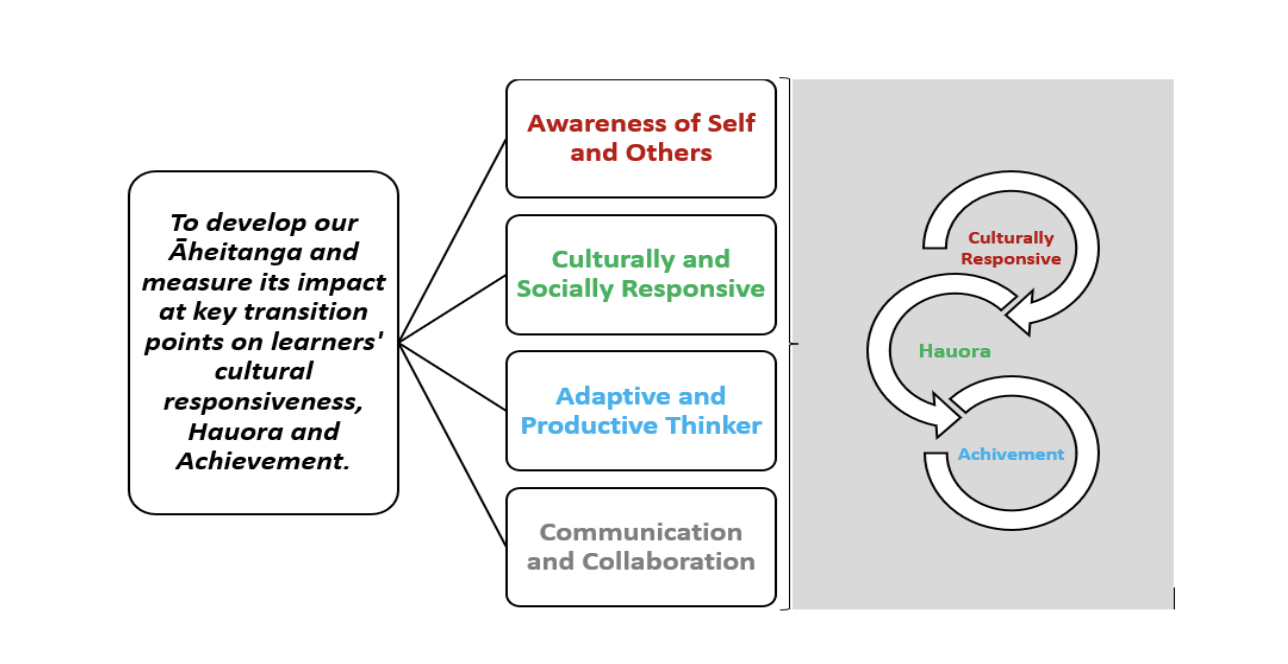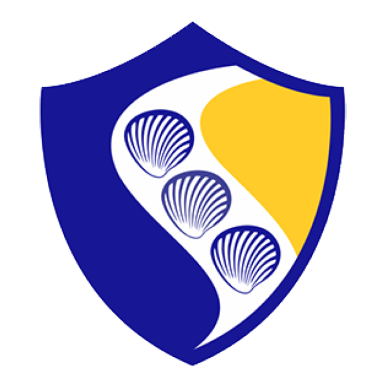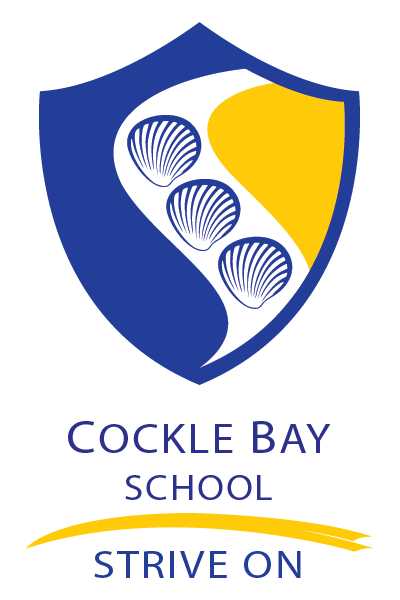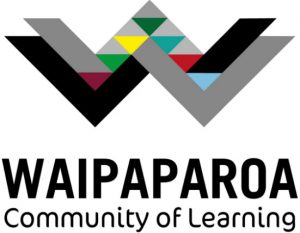
Cockle Bay Primary, Point View Primary, Shelly Park Primary, Willowbank Primary, Baverstock Oaks School, Somerville Intermediate, Botany Downs Secondary College.
Waipaparoa is the early Māori name for the general area adjacent to our schools. Throughout history the local estuaries and waterways have been an abundant source of sustenance for the local people. Fish were plentiful, particularly flounder among other species. Seafood gathering played a large part of the health and growth of the area, fishing has always been the main focus for kai moana and is still very important in the lives of many local residents today.
The seven coloured triangles, one for each school in our community, represent the flounder fish traveling as one and depicts unity of purpose. Together they form the large W, which in turn symbolizes the strength of the stingray.
Outline of Waipaparoa
Our Vision
Both as a collective and as individual schools, we are committed to preparing our students for success. Drawing on the strengths of our collaboration, in positive and respectful relationships, we will guide our students to realise their individual potential and social responsibility in our complex and rapidly changing world through enhancing their agency as lifelong learners, their critical thinking, and communicative literacy. We believe our students can be active contributors and leaders in their communities.
Guiding Principles
We acknowledge and embrace
We acknowledge and embrace:
√ the need to be future focused and aware of global issues
√ the need to foster learner agency
√ the different challenges and opportunities at different transition points along ākonga/students’ education pathway
√ the importance of scaffolding pathways for our learners within and across kura (schools) to improve their achievement
√ student collaboration in the development and ongoing operation of the Kāhui Ako
√ the importance of understanding and responding to the needs and wishes of our communities
√ the individual character and self-management of each school
√ the diversity of experience and expertise that Kāhui Ako members bring to the group
√ being committed to working for our schools’ collective benefit
√ taking collective responsibility
√ knowing and caring deeply about each other’s schools and students
√ building strong relationships that encourage and allow us to challenge and critique
√ having an open, growth mindset and being solution focused
√ developing ongoing cycles of inquiry and improvement
√ building leadership capacity
√ identifying and leveraging expertise
√ maximising resources for our collective benefit.
Who We Are – Geography and Our Demographics
The schools that form the Waipaparoa Kāhui Ako are located within a 7km radius, and their catchments cover mainly urban areas with some semi-rural geography. Although Howick is a well-established area with a strong heritage, a significant part of the Botany area encompassed by our schools is relatively recently developed over the past 25 years. This area has attracted immigrants from a wide range of countries particularly Asia and the Middle East and as a result schools have noticed the changing ethnic composition of their student bodies and a marked increase in the number of new learners of English language. The total number of English Learners receiving ESOL support in August 2020 was 1303. This represents 16% of the whole Waipaparoa student body. However, English learners are far more prevalent in our younger students. Those in years 0-6 receiving ESOL support in August 2020 made up 33% of the primary cohort.
The number of Waipaparoa students has been fairly consistent between 2017 and 2021 with a total in Years 1 to 13 at November 2021 of 8229 (6159 excluding Howick College)
Waipaparoa Kāhui Ako serves an ethnically diverse community. In 2021 45% of the students were of Asian heritage, 23% were Pākehā, 4.5 % Māori students, Pasifika 4.68 %, 5.7% Other and 1.4% International. Cultural responsiveness continues to be a focus for development and sharing.
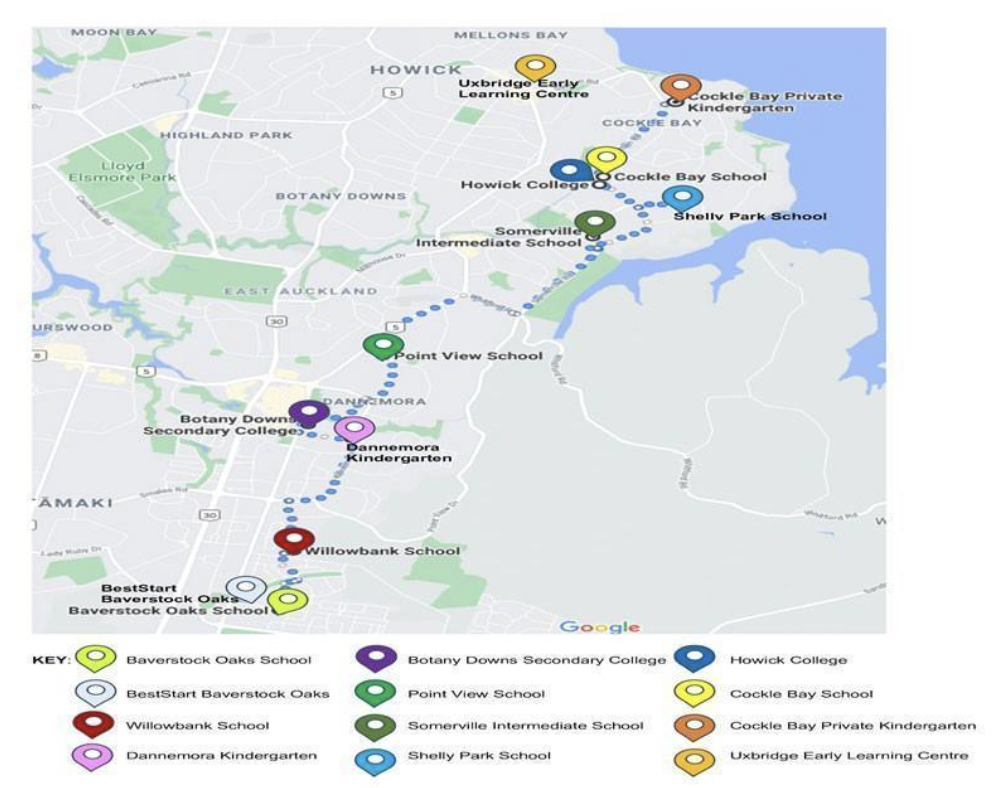
Goals 2020-2023
